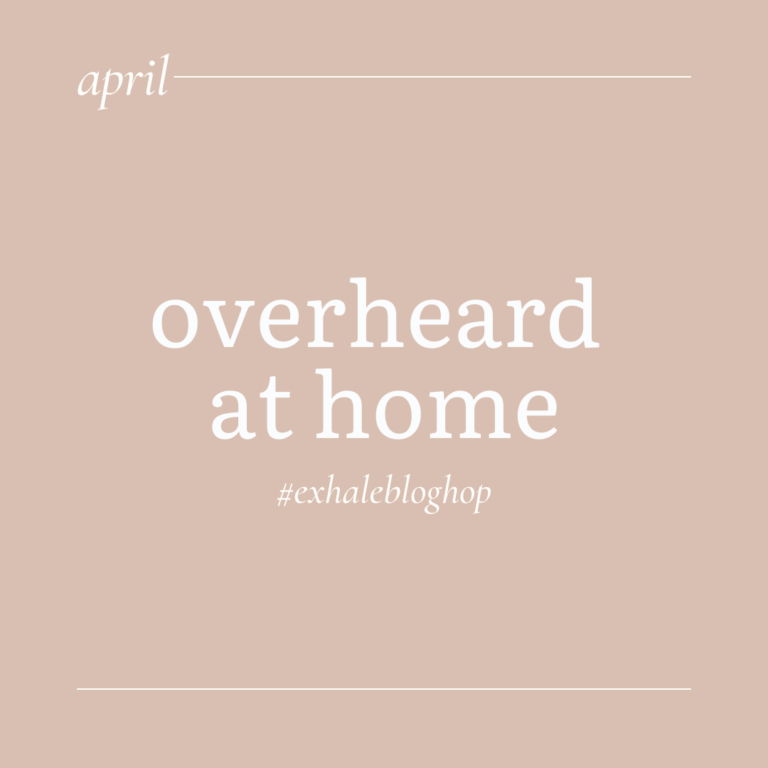“Mama está muy lejos,” my daughter says her mother is too far away. I haven’t heard this one as part of her bedtime avoidance routine. She repeats it over and over like maybe it will create an alternate reality in which I am not sitting in the rocking chair six feet away.
We have been trying to master the bedtime routine since Vivienne and her twin sister Margot came from the NICU nearly three years ago. By my estimate, we’ve had about six successful bedtime routines in that time. Thus, Vivienne’s insistence that her mother is too far away does not sway me.
The root of the English word far comes from the Proto-Germanic word ferera which means remote or distant. Lejos, however, comes from the Latin word lexius which means more separated or more widely. The etymology of the Spanish version of the word implies a certain amount of subjectivity. More does not exist without a baseline; often neither does far.
We say something is “too far” in English and Spanish to communicate there is too much space between places, people, or things. Sometimes “too far” is a matter of fact. Two children playing telephone using paper cups connected with a string will find a limit to how far they can be from each other; anything beyond that limit is too far. More often than not, when we talk about distance, it’s subjective, though. Whether your in-laws live too close or too far is rarely a matter of miles.
Spain feels too far because I’d like to go more often, but the time and the cost to travel such a distance makes it prohibitive.
The library feels too far because I have to get two toddlers clothed, dressed, and into the car to get there.
The neighbor’s sixteen-year-old daughter’s back porch parties are too close at 11pm on a Friday night when my family is trying to sleep.
I am sitting on a rocking chair a mere six feet from my three-year-old daughter, and—from her vantage point—I am too far. “Estas muy lejos,” she repeats over and over. She wants me in her bed with her. She wants to be no further than touching-distance apart. I want her to go to sleep on her own, but her insistence reminds me of the days when I used to press my head against the glass of her incubator. I could not get close enough. There were mere inches between me and my daughters, but they felt so far away. I would push my forehead with force against the plastic, hoping to get just a little closer to these babies who were still too fragile to hold.
The summer I fell pregnant with the twins, we bought a house with more bedrooms and a yard. We painted the walls of the nursery white and saved a wall for my most talented friend to paint a cactus mural.
The story goes: the twins came much too soon. Four months into their NICU stay, my friend painted the cactus mural on the wall of their nursery—just a mile and a half from the hospital. We were still facing four and a half more months in intensive care. The nursery may as well have been on Pluto as far as I was concerned.
“Mamá estas muy lejos,” my firstborn keeps insisting.
“Estoy aquí mismo,” I assure her I am right here.
I shine my reading light in her direction for reassurance. She reassures me I’m still too far away, and I don’t try to change her mind.
This post is part of a blog hop with Exhale—an online community of women pursuing creativity alongside motherhood, led by the writing team behind Coffee + Crumbs. Click here to view the next post in the series “Overheard at Home”.


This is so sweet. I love the mother + child closeness <3
This was really lovely to read. <3